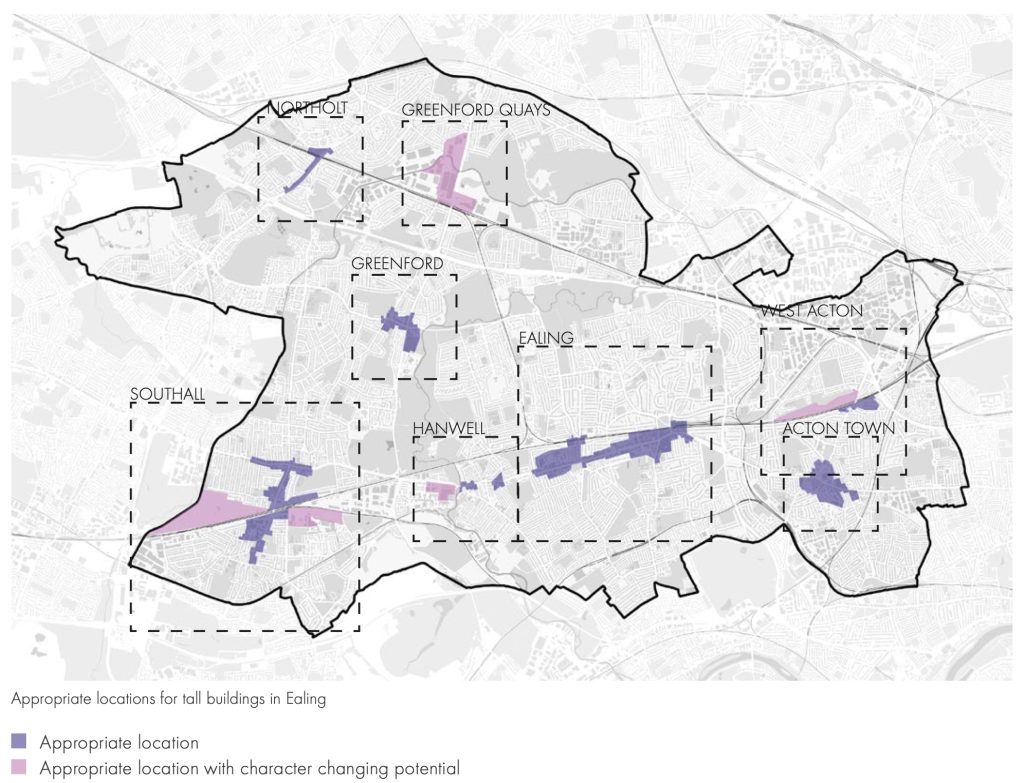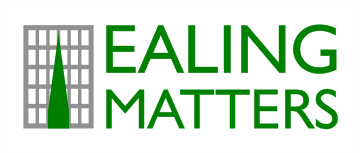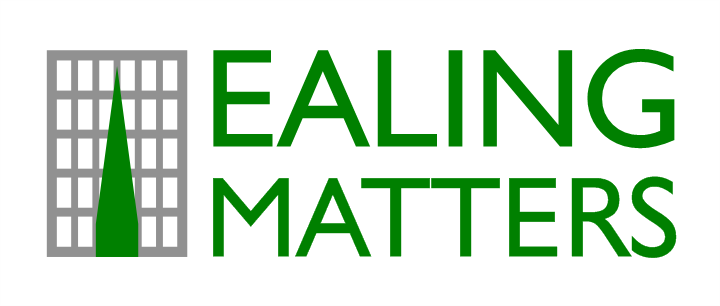Just over a year since the end of the first (Regulation 18) consultation on Ealing’s new Local Plan, consultation on the final version ran from 28 February to 10 April.

The Regulation 18 consultation received representations from more than 6,000 people, a point on which Ealing Council is happy to congratulate itself. It is disappointing , therefore that there is no detailed analysis of what people said. The Summary of Regulation 18 Issues and Responses is extremely thin, and does not capture the range, nuance or relative weight of responses received as one would expect from an exercise of this magnitude. (Compare this with the detailed responses to the Regulation 18 consultation from 35 of Ealing Matters’ group members.) In this context, it is perhaps not surprising that many of the changes made since the Regulation 18 consultation – apart from backtracking on the proposal to re-/de-designate large tracts of Green Belt and Metropolitan Open Land (MOL) following public outcry – were hard to identify.
The Regulation 19 Local Plan remains an unwieldy of 516 pages full of jargon and gobbledegook, that, we are told, has to be read in conjunction with the London Plan, itself 525 pages long. Some of the policies contained in the Plan are only explained in the separate evidence base – around 60 files containing thousands more pages. Furthermore, the Regulation 19 consultation requires consults to judge the Plan in terms of its legal compliance and its ‘soundness’, i.e. whether it was ‘positively prepared’, ‘justified’, ‘effective’ and ‘consistent with national policy’, rather than in terms of their own needs and desires as expressed at Regulation 18.
Both of these factors made it very difficult for people unfamiliar with the planning system to respond effectively. With this in mind, Ealing Matters ran a public briefing session on the Regulation 19 Plan to highlight the changes and to make people aware of the very different requirements of this stage of consultation.
Thereafter, Ealing Matters prepared detailed responses to the consultation based on the legal compliance and ‘soundness’ requirements and encouraged our member groups to do the same on the issues of concern to them. You will see that our submissions identify what we consider to be a significant number of areas that fail to meet these tests. Below are links to the Regulation 19 consultation responses of 24 residents’ associations and community groups from around the Borough.
Aware of the need to generate as many responses to the consultation as possible, but also of the challenges to responding effectively, we also used what we had learned at the public meeting to draw out the key issues of concern about the new Local Plan and to circulate them more widely around the Borough via social media, encouraging people who are less familiar with the detailed issues to take part in the consultation and, if they agreed, to express their support for Ealing Matters’ concerns.
The Council will now take its time to read and digest the representations. If the Council disagrees with or ignores them, its next step will be to send the Local Plan in its current form to the Planning Inspectorate ahead of the Examination in Public by an Inspector. If not, the Planning Inspectorate insists that local planning authorities must do all they can to resolve substantive concerns before the Local Plan is submitted to them. Plans cannot be revised in whole or in part during the course of the public examination.
The Local Development Scheme (the published timetable for the Local Plan) still says that the Examination will take place in Summer-Autumn 2024, even though, in the Council’s Regulation 19 webinars, that date had slipped to Autumn-Winter 2024. Watch this space.
Birkdale Road Area Residents’ Association
Brent River and Canal Society
Brunswick Conservation Area Advisory Panel
Creffield Area Residents’ Association (CARA)
Central Ealing Neighbourhood Forum (CENF)
Central Ealing Residents’ Association (CERA)
CPRE London
Draytons Community Association (DCA)
Ealing Civic Society
Ealing Front Gardens Project
Ealing Matters
Ealing Save Our NHS
Gordon Road and Surrounding Streets (GRASS)
Greenshoots Racecourse Community Group
Gurnell Grove Residents’ Association
Old Oak Neighbourhood Forum/Grand Union Alliance
Save Ealing Parks
Save Gurnell
Save Ealing’s Centre (SEC)
Southall Residents Alliance/Resident Members of Residents Association Longford Avenue Management Ltd
Stop the Towers
The Grove Community
The Park Community Group
West Ealing Neighbours

